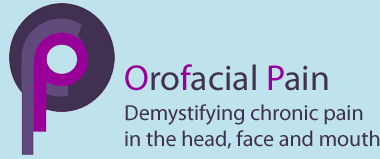Guidelines for Pain
There are many guidelines for pain diagnosis, assessment and management of pain. Guidelines are often designed to maximise the effectivity and consistency of patient care.
However there are multiple problems involved in the writing of guidelines and their implementation in clinical practice. For guidelines to be useful, they should be recommendations and not rules, leaving the treating clinician with sufficient autonomy.
Guidelines should be brief, and written in such a way as to be easily assimilated. It should be stressed that they apply to the disease and not to the patient, and should therefore not supersede individualised medicine.
We provide links here to online resources to guidelines for
Post surgical pain

